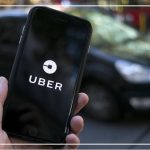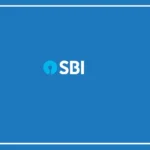Travelling in Chennai just got easier and cheaper! Uber has launched a new feature that lets you book Chennai Metro tickets directly through the Uber app.
This has been made possible in collaboration with Chennai Metro Rail Limited (CMRL) and the Government of India’s Open Network for Digital Commerce (ONDC).
This means that Uber users in Chennai can now:
Check metro routes and timings
Plan their journey
Buy metro tickets using a QR code
Get real-time metro updates
All within the Uber app—no need for a separate metro app or standing in queues!
Chennai is now the second city in India after Delhi to get this Uber-Metro booking facility.
Exciting ‘Double Dhamaka’ Offers in August
To celebrate the launch, Uber has announced two big offers for August:
50% Off on Metro Tickets
Buy your Chennai Metro ticket through the Uber app and get 50% off on the fare for the entire month of August.
50% Off on Uber Auto and Moto Rides
Book an Uber Auto or Uber Moto to or from a metro station and get 50% off (up to ₹20) on the ride. This offer is also valid throughout August.
With these offers, both your first-mile and last-mile travel becomes cheaper and more convenient!
Why This Matters for Chennai
Uber’s Senior Director, Manikandan Thangaratnam, said that Chennai is a key market and Uber aims to become a “one-stop solution” for daily commuting, not just a cab service.
The partnership with CMRL will make urban travel more seamless, accessible, and efficient.
CMRL Managing Director M.A. Siddiqui also welcomed the move, highlighting how this partnership improves last-mile connectivity for metro passengers and supports their goal of providing world-class transport solutions.
Payment and the Role of ONDC
Currently, payments for metro tickets on Uber can be made only through UPI, supporting India’s push for digital payments.
The magic behind this integration is ONDC—a government initiative similar to UPI but for digital commerce.
ONDC connects different digital platforms, allowing apps like Uber to provide services like metro ticketing by linking with government systems.

























